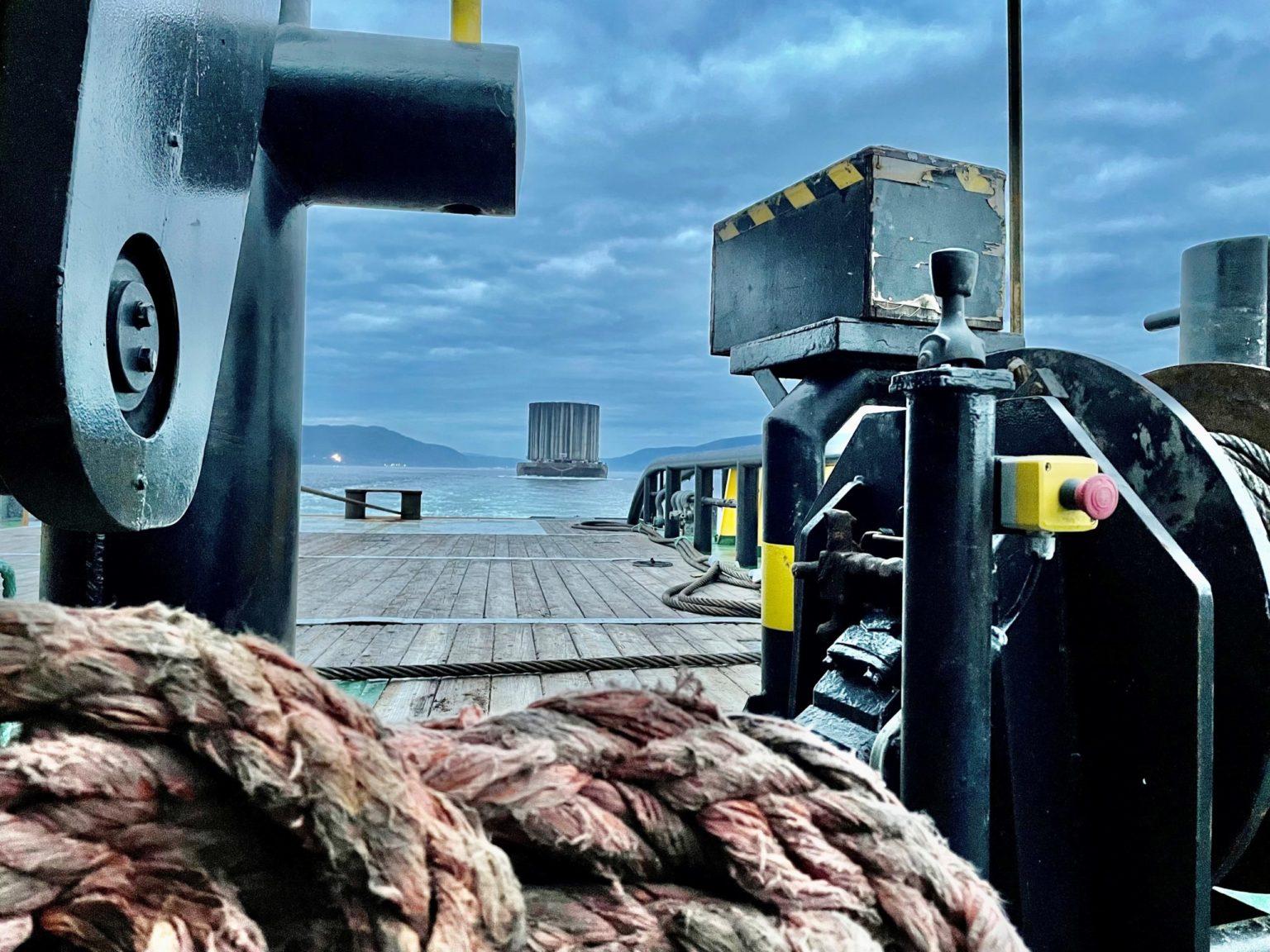
Here we are one year later. COVID-19 cases are skyrocketing, various regions are in lock-down, travel headaches have returned and once again – protecting our workforces and our supply chains are at the forefront of our minds.
Add in global shipping disruption, product shortages, inflation, political strife, and an increasing number of severe weather events hitting our transportation links and devastating communities– and it’s a miracle we’re all still getting out of bed in the morning.

But if we can take a breath and look beyond the negative headlines for a moment — this is not a bad case of déjà vu.
2021 was actually a story of recovery and even growth opportunities for the bi-national Great Lakes-St. Lawrence shipping industry.
Many of our worst-hit cargo sectors in 2020 — iron ore, aluminum and steel — bounced back and some even surpassed 2019 levels. Shipments of construction materials were booming as the Canadian and the U.S. economies recovered and began “building back better”. While grain volumes dipped to more normal levels after unfavorable weather conditions – our members cultivated new business opportunities by broadening their services, for example, for container shipments between cities and to overseas destinations. Our ports and their customers continued renewing, improving and expanding both their infrastructure and their business offerings.
Throughout the pandemic and amidst global supply chain disruptions, Great Lakes-Seaway shipping once again proved it’s a reliable, ‘safe harbor’ in a storm — demonstrating how our members are in fact helping to maintain transportation resilience in regional markets. This is not down to sheer dumb luck. As we well know, our industry is the beneficiary of a proactive, collaborative and talented workforce that is constantly looking for a better way to deliver the goods.
For our part, the Chamber of Marine Commerce focused on assisting our members to navigate the inevitable bureaucratic roadblocks that arise with a public health crisis —ensuring workers could travel where needed, that companies had access to government-supplied test kits and vaccines, and creating a “model” industry policy for members to meet Canadian government vaccine mandates. That work continues even today as the latest, more transmissible wave of COVID demands renewed safety practices to protect our ship crews and onsite workers, and prevent labor shortages.
As further stimulus funding was debated and committed, we advocated for U.S. and Canadian government funding for ports, lock infrastructure and Coast Guard ice-breaking assets – efforts that will continue in 2022.
We stepped up the promotion of the marine sector and its issues with GR and media campaigns on prioritizing seafarer vaccines, the inequities in Transport Canada’s new ballast water regulations, the need for marine representation on the International Great Lakes-St. Lawrence River Board to handle future high-water fluctuations, and highlighting both the opportunities and challenges ahead for decarbonization.
We raised our voice with our key government and political audiences through targeted spring and fall digital advertising campaigns emphasizing the economic benefits of our congestion-free, reliable trade corridor and proposing specific areas where Great Lakes-St. Lawrence shipping can partner with government for a green recovery.
Moving into 2022, our team at the Chamber has already been preparing a refreshed strategy to meet continuing and new challenges in the coming year. Virtual events, digital and media ad campaigns, more video assets and ramped up social media efforts will support our advocacy efforts in the U.S. and Canada.
We have been meeting directly with federal politicians and government officials to help inform their upcoming plans on supply chain resiliency and to emphasize the importance of working with industry to develop a Canadian approach to reaching net zero carbon emissions by 2050. And with global inflation and the exponential costs of installing ballast water treatment systems – it will also be more important than ever to ensure that government-mandated pilotage services take into account today’s technology, make more effective use of risk assessments and improve efficiency and cost effectiveness.
This month, we held a virtual Ontario Marine Day with provincial ministers and staff to advocate for the establishment of a Provincial Marine Strategy that improves infrastructure climate resiliency, ensures water levels are safe for navigation, adds workforce training opportunities and increases the ship building and maintenance capacity of the province – among other priorities.
2022 will be a high stakes year, with much to potentially gain. The CMC team is already off and running and we invite our members and stakeholders to join us in the next leg of our journey to support the success of the marine sector.